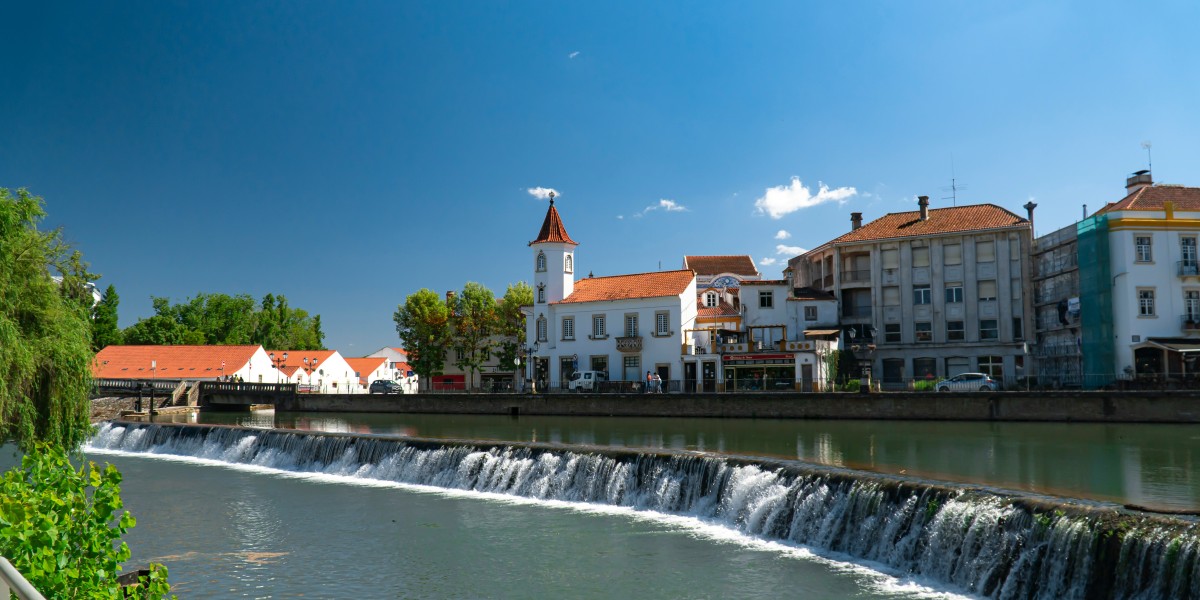
Tomar feels as if it’s been plucked from a medieval epic and set down gently on the banks of the Nabão River. Located in the Santarém district, about 140km northeast of Lisboa, the magnificent Convento de Cristo might dominate the skyline, but daily life unfolds at a much more human pace down below. With a population of around 43,000 in the municipality, it has the feel of a proper town without the anonymity of a major city. Getting to grips with living in Tomar means understanding this balance: a life lived in the shadow of world-changing history, but with a quiet, grounded and distinctly Portuguese rhythm.
Is Tomar a good place to live?
Tomar seems to attract people who are looking for genuine immersion, who value seeing the same faces at the morning market and who get a quiet thrill from knowing they live in the shadow of Templar history. It suits the self-sufficient and the curious, individuals who can create their own social lives and are happy to swap a vast array of choices for a smaller selection of high-quality ones. You exchange the convenience and anonymity of a big city for a tangible connection to history and a community that still holds its traditions.
Pros and cons of living in Tomar
Making the move is a big decision, especially when relocating to a more remote and smaller place such as Tomar. Weighing up the positives and downsides of living in Tomar is a given before setting up camp.
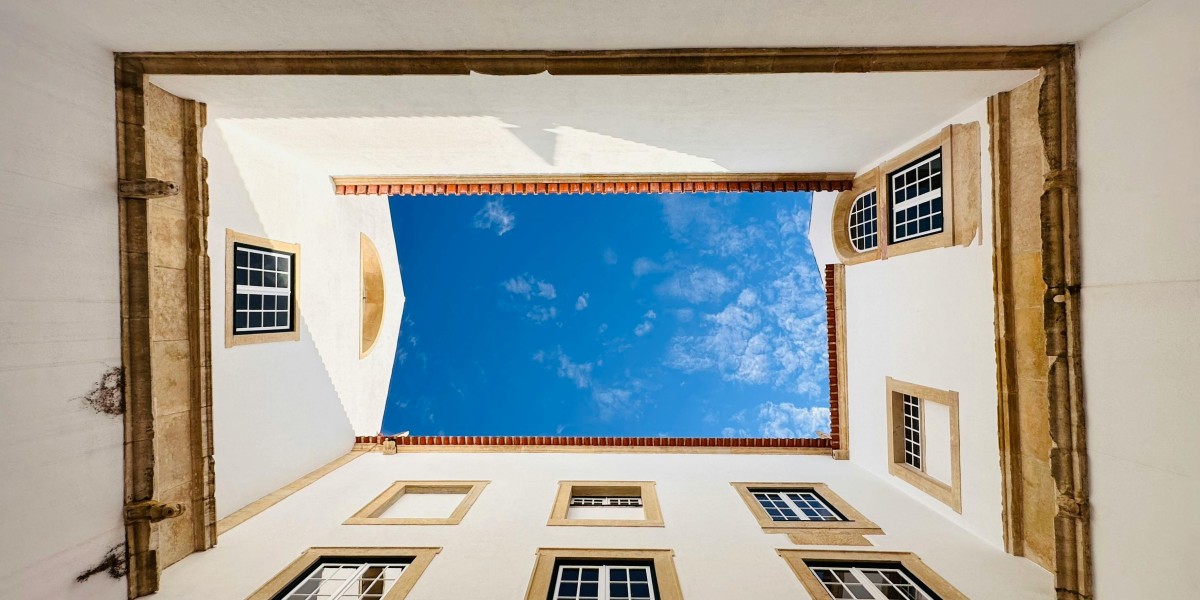
Some of the advantages include:
- Affordability: the general cost of living, particularly when it comes to renting or buying property, is significantly lower than in Portugal’s larger cities or coastal hotspots.
- History and culture: living in a city with a Portugal UNESCO World Heritage site at its heart provides a deep sense of history.
- Pace of life: Tomar offers a relaxed and more traditional Portuguese lifestyle, away from the rush and noise of major tourist centres.
A few drawbacks of relocating to Tomar include:
- Limited job market: career opportunities are scarce with most expats working remotely, running their own businesses, or retired.
- A quiet town: the lack of extensive nightlife, large-scale entertainment venues or highly specialised services might not appeal to everyone.
- Distance from the coast: If you dream of daily walks on the beach, Tomar isn't the place. The nearest coastline is over an hour's drive away.
Areas to live in and around Tomar
Choosing where to put down roots in Tomar depends heavily on whether you prize historical charm over modern convenience, or if you’re seeking a bit of countryside to call your own.
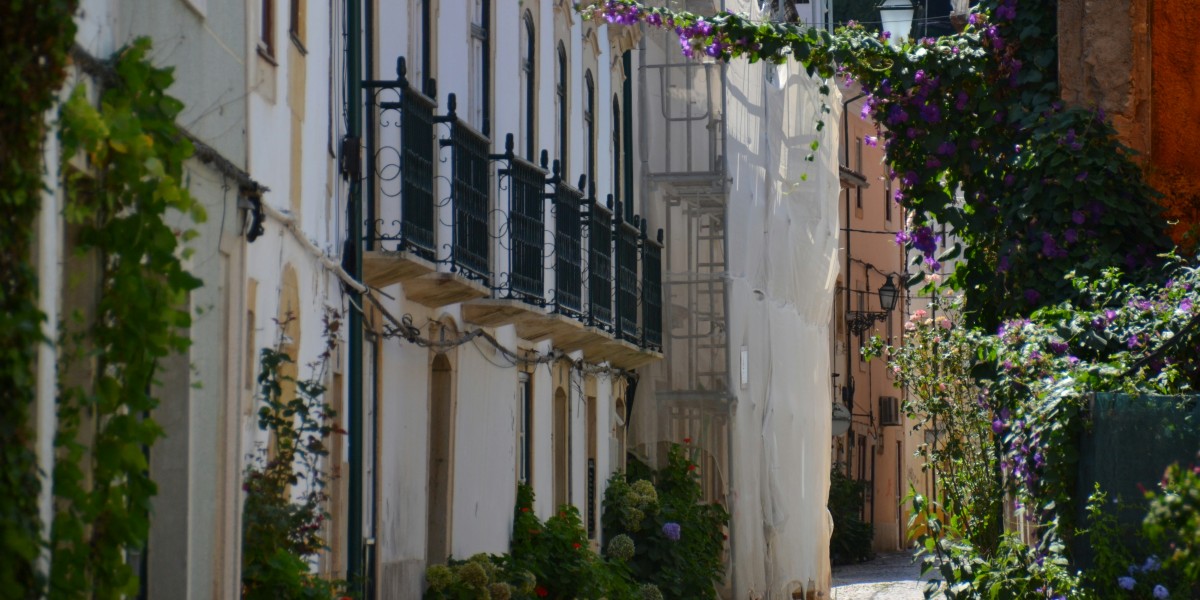
The Historic Centre
This area has cobbled lanes, traditional tiled houses, and little squares that fan out from the main street, Rua Serpa Pinto. You’re just a short stroll away from the daily market, local cafes, and the riverbank. The trade-off for all this character is practicality. Parking is a real challenge, and many of the beautiful older buildings can be dark or in need of significant renovation. It can also get quite lively, and therefore noisy, during the summer and local festivals.
Modern residential zones
These parts of town are where you’ll find apartment blocks built in the last few decades, often offering more space, light, and modern comforts like lifts and private parking. While these zones lack the postcard-perfect charm of the centre, they are usually only a 10-to-15-minute walk away, so you don't sacrifice convenience.
Surrounding villages and Quintas
Many people moving to this part of Portugal are drawn by the dream of a more rural life. The landscape around Tomar is dotted with small villages and quintas (the Portuguese term for an estate or country house). Areas near the vast Castelo do Bode reservoir are particularly popular, offering beautiful scenery and opportunities for water sports. This option provides space, privacy, and often more property for your money. The crucial factor here is transport; living out in the countryside makes a car essential for everything from grocery shopping to socialising in town.
The cost of living in Tomar
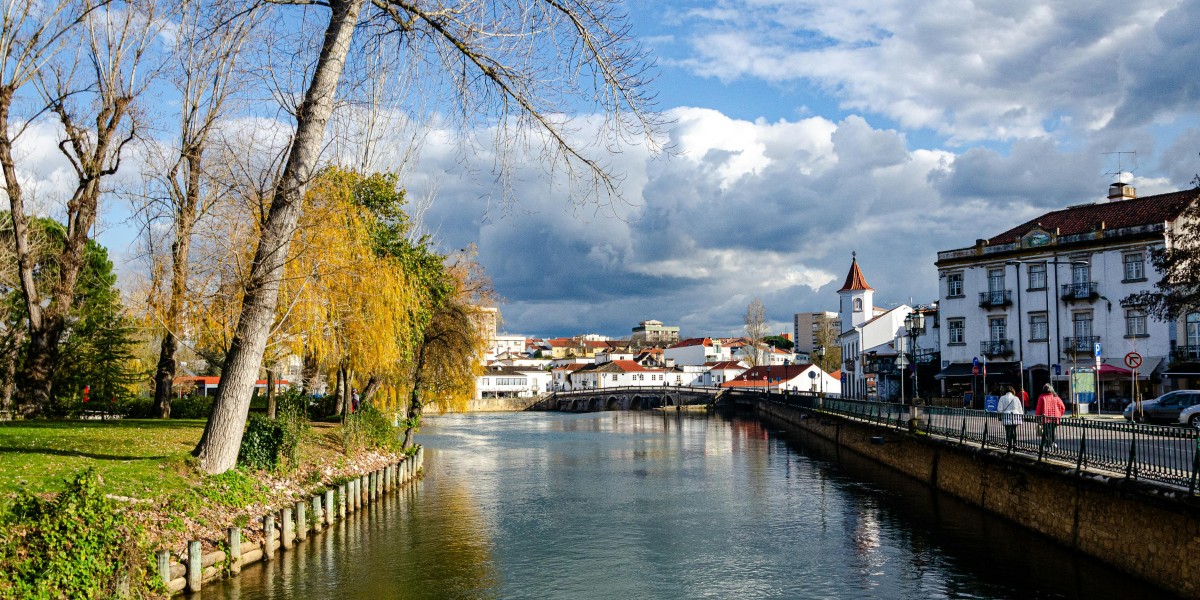
One of the most appealing aspects of life in Tomar is that it allows for a comfortable lifestyle without the hefty price tag you’d find elsewhere in Portugal.
This affordability extends to daily life and leisure. A simple coffee in a local cafe will cost around €1.60, and a small beer is about €2.50. When it comes to eating out, you can find a cheap meal, like a filling prato do dia (dish of the day) at lunchtime, for around €12. A more substantial evening meal for two people in a pleasant mid-range restaurant like Taverna Antiqua or Sabores ao Rubro would typically come to about €40. Mercado Municipal de Tomar is a great spot to buy affordable, local produce, and
Housing is where you will notice the biggest difference. Property prices here are significantly more accessible than in the major cities or on the coast. As of July 2025, housing prices in Tomar averaged 1,256 €/m2 across the municipality, climbing to 1,532 €/m2 if you want to be right in the historic centre. For those who aren't afraid of a project, it's possible to find cheap housing in Tomar in need of complete renovation starting as low as €20,000, though you would need a healthy budget for the actual building work.
Lifestyle and culture in Tomar
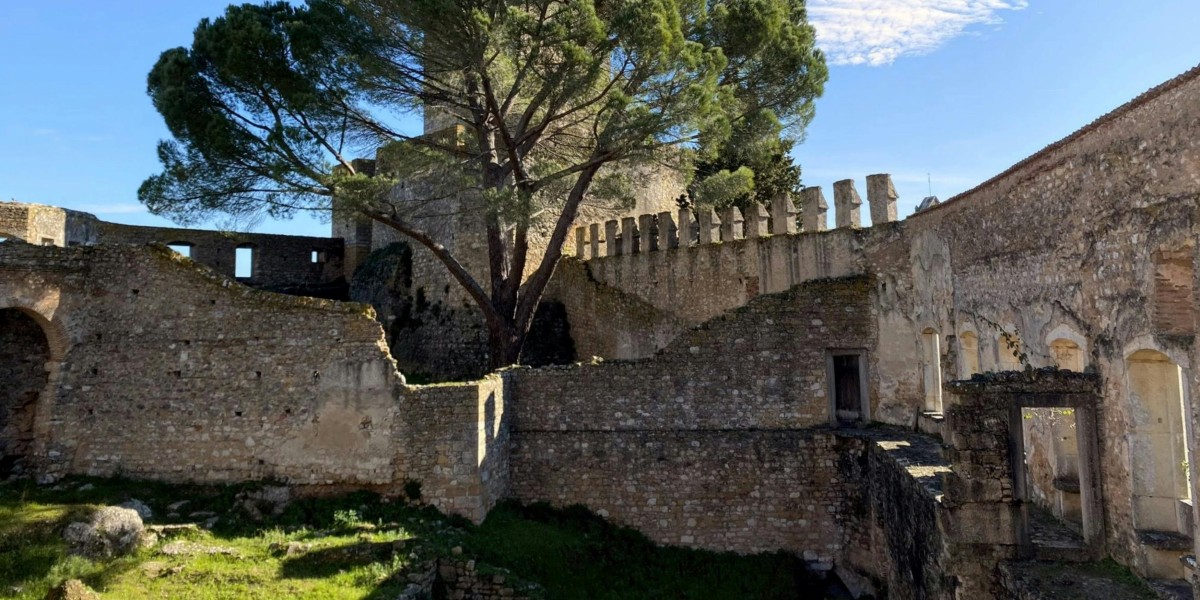
Life in Tomar isn’t about chasing trends; it’s about settling into a rhythm that has been established for centuries. The lifestyle here is a gentle blend of history, nature, and a strong food culture, all of which are deeply woven into the identity of the city.
Things to do
A big part of life in Tomar is simply soaking up its unique surroundings. There’s a good mix of historical exploration and outdoor relaxation right on your doorstep.
- Explore the Convento de Cristo and Tomar Castle: this vast UNESCO World Heritage site is the defining feature of the city. Its grounds and architecture are a constant, impressive reminder of the Knights Templar.
- Discover other historical gems: you can trace the city's layered past by visiting the beautifully preserved 15th-century Synagogue of Tomar or by walking alongside the impressive Aqueduto dos Pegões Altos.
- Walk in the Mata Nacional dos Sete Montes: this large wooded area connects the historic centre to the castle and is the perfect spot for a peaceful stroll.
- Enjoy the Castelo do Bode reservoir: a short drive away, this huge reservoir is where locals head on sunny days for boat trips, swimming, and other water sports.
Food and drink
The food in Tomar is hearty, flavourful, and unpretentious. Local restaurants and tascas serve up regional specialities, and you’ll likely come across dishes like cabrito assado (roast kid goat) or, for the more adventurous, the seasonal delicacy of lampreia (lamprey).
The city is also famous for its doçaria conventual (conventual sweets), a legacy of the sugar and egg yolks from the convents. Be sure to try local creations with wonderfully evocative names, like fatias de Tomar (Tomar slices) and beija-me depressa (kiss-me-quick cakes).
Local events
The absolute pinnacle of local culture is the Festa dos Tabuleiros (Festival of the Trays). This is an extraordinary event, a huge, colourful procession celebrating the Holy Spirit that takes over the entire city. It is a spectacle of profound local pride and tradition, but it only happens once every four years, typically in early July. In the years in between, life is punctuated by other Portuguese saints' days, markets, and seasonal fairs.
What is the climate in Tomar, Portugal?
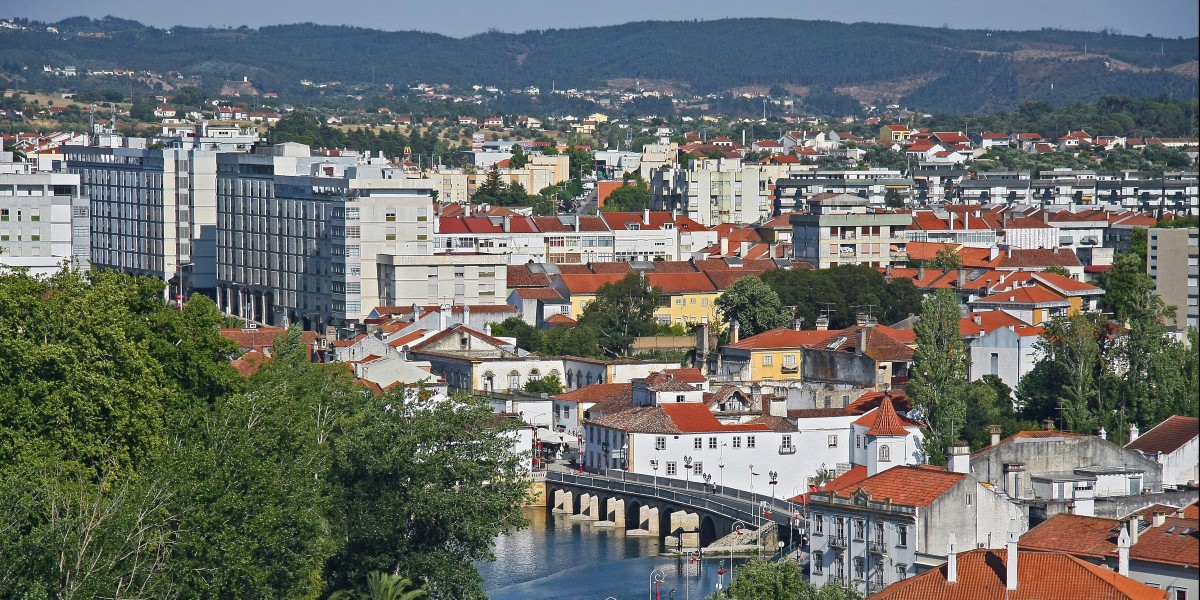
Being inland, Tomar’s climate is a little different from the breezy coastal towns. It’s generally classed as Mediterranean but with a distinct continental influence, which in simple terms means the seasons feel more defined.
Summer is typically very hot and dry. It's not unusual for temperatures to sit consistently above 30°C. Winters are generally mild during the day but can be quite cool and damp. Between December and February, daytime temperatures usually stay between 10°C and 15°C, though it can feel colder at night and when it rains. For many, the best times of year are spring and autumn. These seasons bring pleasantly warm temperatures and a good amount of sunshine.
Living in Tomar as an expat
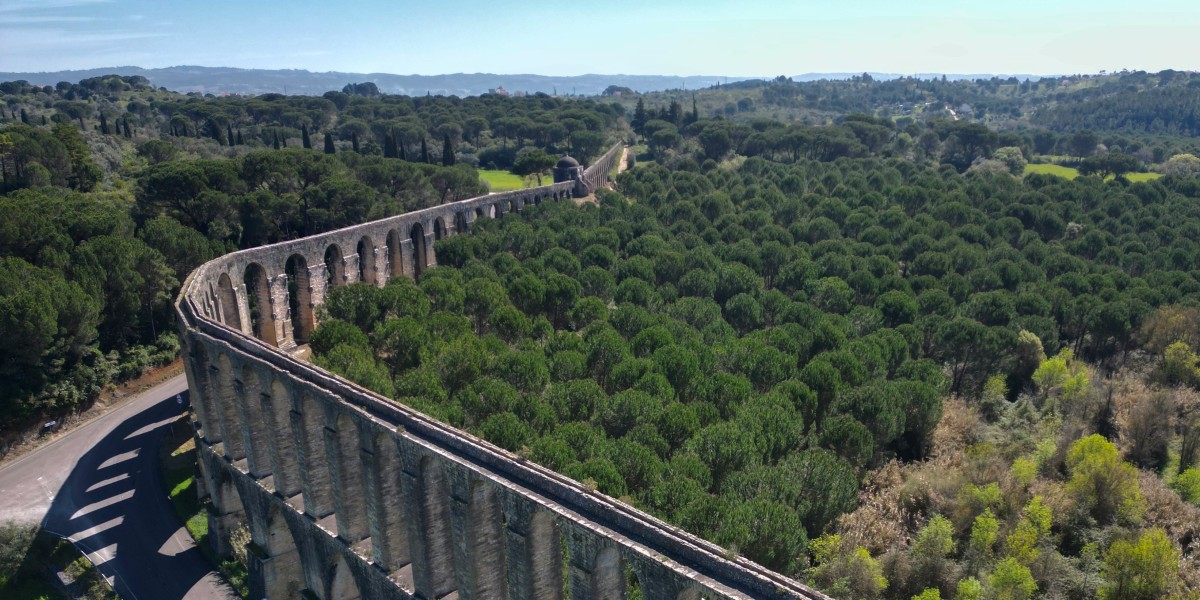
The good news is that for a town of its size, it’s quite well-equipped.
Transport
Getting around Tomar and connecting to the rest of Portugal is straightforward. The town is served by the A13 motorway, which provides a direct link to the A1 (the main artery connecting Lisboa and Porto) and the A23, which runs across to the Spanish border. For local journeys, a small bus service called TUT (Transportes Urbanos de Tomar) operates within the town. Tomar also has a train station with regular services that will get you to Lisboa's Oriente station in about two hours.
Healthcare
The town is served by the public Hospital Nossa Senhora da Graça, which handles emergencies and more serious procedures. For everyday health matters, you’ll need to register at one of the local centros de saúde (public health centres), which function like GP practices. There are also several private clinics in the town offering various specialities for those with private health insurance or who prefer to pay directly.
Schools and education
For families considering the move, Tomar has a good range of public Portuguese schools, from primary to secondary level. However, there are no major international schools located directly in Tomar. The nearest options are in larger cities like Leiria or closer to the coast near Lisbon.
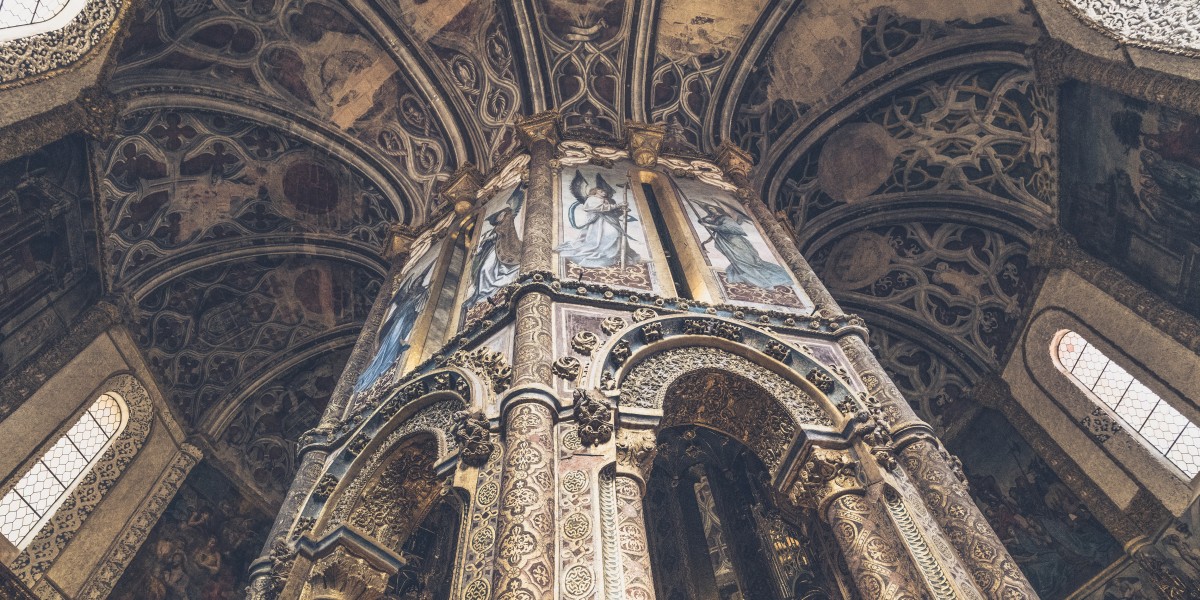
Stay in the know about living in Portugal as a foreigner—get our weekly newsletter for the latest travel, legal, and lifestyle news.
For a taste of the high life, sign up for the monthly luxury market round-up.
